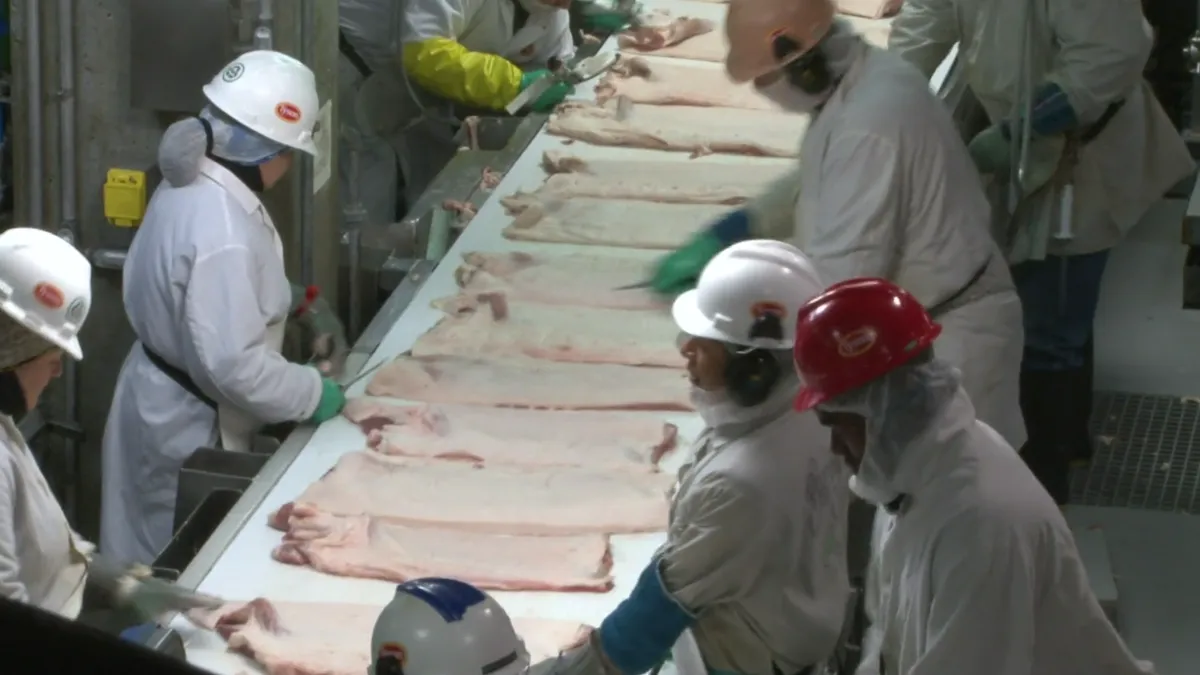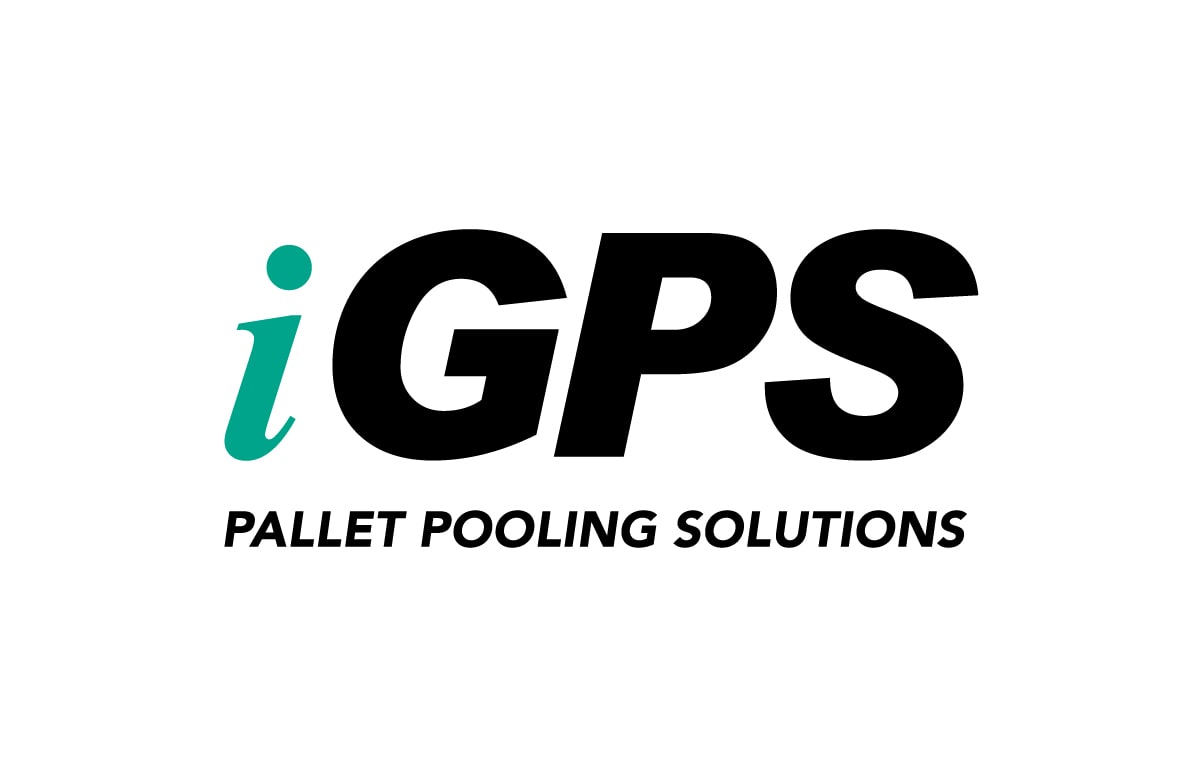In Influencers Roundtable, we bring together voices from consulting firms to share how they perceive various emerging technologies. The answers below have been edited for clarity and length.
The rise of 3D printing has not gone unnoticed in the supply chain.
Companies like HP, Boeing and Adidas are using it to make niche parts or reduce their lead times. Others, like UPS, are setting up business services around the tech, so companies can outsource startup costs.
The technology has been around for years, so what it so popular now? We asked consultants:
What is the business case for 3D printing in the supply chain?

Pete BasiliereResearch Vice President of Additive Manufacturing, Gartner
Thirty years after its introduction and five years after tremendous hype, 3D printing is used by every industry and making inroads into critical supply chains. Why?
- 3D printing is not one technology but seven, each with its own pricing and performance.
- 3D printing is used throughout the product life cycle for (a) rapid, iterative prototyping, (b) tooling, jigs and fixtures used to manufacture items with conventional technologies and (c) finished goods ranging from medical devices to turbine engines as well as spare parts used by industry and the military.
- The range of 3D printable materials — plastics, metals, ceramics and composites — is wide and growing.
Gartner advises clients to begin with the end in mind: What you want to make determines the 3D print technologies that can make the part.
That information determines which vendors make the technology you need, which then determines which 3D printer model is best suited to the application.
You may not have to invest in an expensive 3D printer, especially when you have a mission-critical part. Rather, buy a desktop 3D printer that works in plastic for prototyping in-house. Then partner with a 3D print service bureau to produce the finished good in your desired material.
If 3D printing is used to mimic an existing, conventionally manufactured part, then you have a simple break-even cost analysis to perform. For a better business case, leverage 3D printing’s additive technologies to produce the ideal designs that cannot be made with any other technology.

Courtney Rickert McCaffreyManager of Thought Leadership, A.T. Kearney
The business case for 3D printing is growing dramatically due to changes in the external environment.
We have entered an age of multi-localism, characterized by the preference for local communities, industries, products, cultures and customs. Rising political risks, strengthening industrial policies, shifting consumer preferences and increasing community expectations are changing the risk-reward calculus for global business operations.
Incorporating 3D printing into the supply chain enables companies to better compete in this new environment. 3D printing breaks apart centralized manufacturing into distributed manufacturing centers that can be located nearly anywhere consumers demand, enabling a company to be more agile in creating personalized and localized consumer goods.
Embracing 3D printing also shrinks the entire supply chain, removing much of the need for distribution and warehousing, thereby simplifying supply chain management and logistics. And in a world of increasing trade protectionism and geopolitical tensions, there is a strong business case for using 3D printing to shrink a company’s supply chain to reduce exposure to such political risks.

Jörg BrombergerSenior Manager of Advanced Manufacturing Technology Service Line, McKinsey&Company
3D printing gets a lot of attention, and it's more than just hype — this set of manufacturing technologies has the potential to change production and supply chains significantly. Additive Manufacturing (AM), often referred to as 3D printing, is the process of joining materials to make objects from 3D model data, usually layer upon layer, as opposed to subtractive manufacturing methodologies.
So, how do manufacturers unlock value with AM? This is an especially pressing question because in most cases, AM technology is still more expensive than traditional manufacturing due to higher material costs, lower productivity (given high machine prices and slow building rates) and higher post-processing costs. Given these constraints, any business case for AM should focus on four sources of value:
- Create products with superior performance – Additive manufacturing printing allows greater freedom of design enables products with higher performance, new features or weight reductions (e.g., aerospace parts, such as Boeing’s cabin brackets)
- Offer customized products – 3D printing can increase the customization of products for almost no extra cost, which improves customer value (e.g., consumer products, such as Invisalign dental braces)
- Decrease time to market – Additive manufacturing can produce products directly at the point-of-use, enabling faster availability of parts and lower working capital (e.g., spare parts on-demand)
- Reduce obsolescence of parts – The technology enables companies to remanufacture parts where suppliers do not exist anymore or are unable to provide parts (e.g., all industries with large, long-lasting asset bases)
Overall, we see tremendous value created by 3DP in many industries, with adoption led by aerospace, medical, consumer and selected industrial segments. We expect this development to accelerate given the speed of innovation — existing players (and their technologies) are becoming more capable of industrial-grade production, and new entrants are arriving in the market with promising technologies, business models and VC funding.
This is definitely a space to watch!












